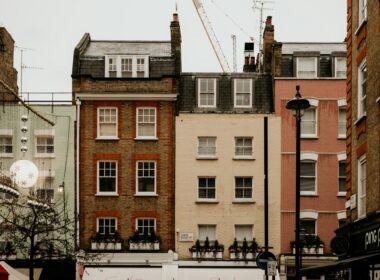London’s 1.3 million leaseholders are facing a growing financial burden, with many now paying a staggering £4.6bn annually in service charges. Freeholders, who control the upkeep, insurance, and repairs of buildings, continue to raise these charges, leaving leaseholders increasingly trapped in properties they cannot sell and struggling to keep up with rising costs.
Mike Somekh, who heads the Freehold Collective, explains that this problem is deeply rooted in the country’s land ownership system.
He told us, “The issue stems from the feudal system of land ownership, which splits property rights between those who own the land and those who lease it,” he says. Under this system, the freeholder—also the landlord—takes responsibility for managing the property, passing on the costs to the leaseholders in the form of service charges.
These charges, which have risen by over 40% in the past five years, now average £3,600 in London. In some cases, leaseholders have faced increases of up to 500%.
“The landlords, with business interests in their property, earn significant commissions from insurance companies and from the contractors they choose for maintenance and repairs,” Somekh adds. “They then recover these costs from the leaseholders, often with no regard for fairness.”
The issue has garnered increasing attention from the government, with growing evidence of unfair charges prompting promises of reform.
But for many, the situation remains dire. According to Somekh, one way for leaseholders to gain control over their properties and stop the relentless rise in charges is to buy the freehold.
“Buying your freehold is the only way to gain control over the management of your home, save thousands of pounds, and restore the value of your property,” he says.
The process of purchasing a freehold is complex but legal, and those who have navigated it successfully with expert help have benefited for years.
On average, a leasehold property is worth at least 5% less than a comparable freehold property, making it a financially sound decision for many.
Before embarking on the process, however, leaseholders must meet certain criteria. More than half of the leaseholders in the building must be willing to participate, and the building must contain at least two flats.
Additionally, no more than 25% of the building can be under a commercial lease, and at least two-thirds of the flats must be owned by leaseholders with long leases—those granted for more than 21 years.
Once these conditions are met, the group of leaseholders becomes a collective, with the right to purchase the building’s freehold.
According to Somekh, this process is essentially a compulsory purchase by the leaseholders, with the freeholder required by law to sell. “The freeholder cannot refuse to sell, which offers leaseholders control over their service charges and improves property values,” he says.




